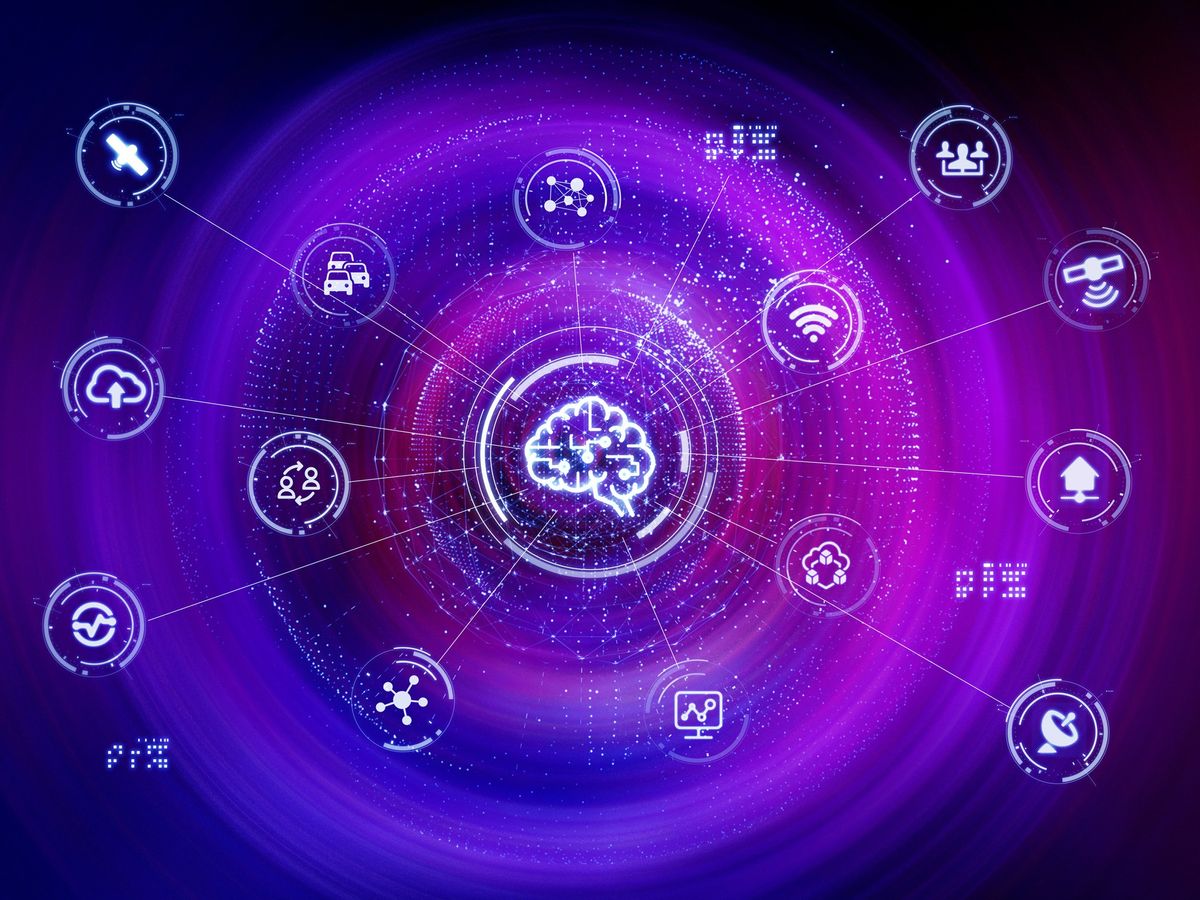The adoption of emerging technologies has drastically increased since 2020, according to a McKinsey & Co. survey. Understanding the latest technology trends can allow you to strengthen your competitive edge. Developing your technical skills and investing in yourself are great ways to advance from your current position and help you thrive in your industry.
To help technical professionals working in industry develop their skills in the latest technologies, IEEE recently launched the IEEE Academies learning paths. The program is designed to teach in-demand technical concepts in a new way to industry professionals. IEEE Academies provide learners with webinars, tutorials, recorded videos, IEEE Xplore Digital Library articles, and other educational offerings. Each learning path is presented in an easy-to-understand manner and does not require deep prerequisite knowledge of the subject.
The current IEEE Academies’ topics are artificial intelligence, the Internet of Things, and the smart grid. Here is an overview of what the three courses cover.
- Artificial Intelligence. As organizations continue to automate day-to-day operations, AI has become more significant. The global AI market value is expected to reach US $267 billion by 2027, according to KR Elixir. Like humans, AI systems can improve their performance based on the data they collect. To equip individuals with the necessary knowledge for future AI developments, the IEEE Academy on Artificial Intelligence teaches basic concepts in data, types of learning models, measuring efficiency, and optimizing machine learning. This course explores the applications of AI in different industries, such as manufacturing, education, finance, and health care, by defining problems and identifying possible AI solutions.
- Internet of Things. This technology, which has risen to be one of the most important technologies of the 21st century, provides users with interconnectedness and efficiency. Smart thermostats, smart watches, and smart appliances are a few of the IoT applications that seamlessly exchange data with each other through the Internet. By the end of this year, the IoT market is projected to grow to nearly $1.4 billion, nearly doubling in value from 2020. The IEEE Academy on IoT consists of two learning paths: Communication Standards and Computing Platforms. The courses provide an overview of standardized machine communication, as well as state-of-the-art applications and likely future trends on computing platforms.
- Smart Grid. The self-healing nature of the smart grid is composed of new technologies, automation, controls, and computers that work together to respond quickly to electricity demand. The benefits of adopting a smart grid include improved security, faster restoration of electricity, and lower electricity rates. The IEEE Academy on Smart Grid covers topics such as distribution automation and microgrids in two learning sections. The comprehensive Distribution Automation path teaches the fundamentals of the existing power distribution system, how to automate the system, and ways to add advanced functionalities. The Microgrid program reviews how small grids can be integrated with wind, solar photovoltaic, and storage systems, and it covers operation planning. The program also addresses trends and solutions as well as the challenges, benefits, and applications of the technologies.
Upon completion of the courses, learners earn professional development hours or continuing education units as credentials and digital badges that can be shared on social media. Visit the IEEE Learning Network to see member and nonmember pricing and to learn more.
This article appears in the December 2023 print issue..
- Education Programs to Sharpen Your Leadership Skills ›
- Advance Your Skills in Wireless Communication Technologies ›
- A New Course On How to Transform Your City into a Smart City ›
Taraja Arnold is the digital marketing specialist for IEEE Educational Activities.
Danielle Cann is the digital marketing intern for IEEE Educational Activities. She is currently studying marketing and management information systems at Clemson University, in South Carolina.



